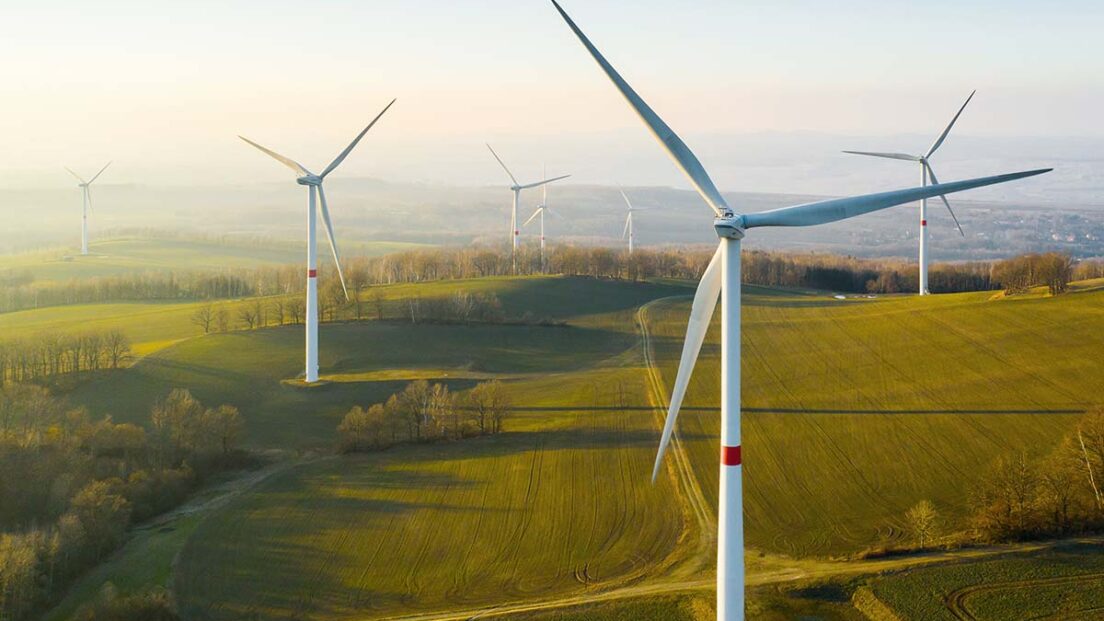Early participation can increase acceptance of wind power

WSL researchers have investigated the reasons for the widespread rejection of the construction of new wind turbines. According to their findings, early involvement of the population can reduce this resistance.
An early participation of the population can increase the acceptance of new wind turbines in the vicinity of residential areas. According to a press release , researchers at the Swiss Federal Institute for Forest, Snow and Landscape Research ( WSL ) have come to this conclusion. They interviewed 500 people in areas close to the city of Bern about the plans to erect wind turbines. It has been shown that the rejection has a lot to do with the personal connection to the place and the landscape.
Actually, everyone agrees: Renewable energies are valuable and necessary, says Matthias Buchecker from the Social Science Landscape Research Group at WSL, describing the initial situation. However, when it comes to specific investments, it often becomes difficult. So far, it has been assumed that the change in the face of a landscape caused by large wind turbines causes a knee-jerk rejection in one’s own neighborhood, Buchecker is quoted as saying. But this explanation falls short. Instead, the reasons for the rejection lie in the local ties of those affected. “People want to have a say in decisions sooner.”
This requires a rethinking of the planning processes. Because in the survey, the opponents rejected a change in their residential area as a whole – not just the specific wind farm. Involving the population must begin with the question: How should one’s own region develop in principle – ecologically, in terms of energy, economically and in terms of landscape? Buchecker is quoted as saying that the aim should be to find a broad and overarching consensus within the framework of which renewable energy systems would also find their place.